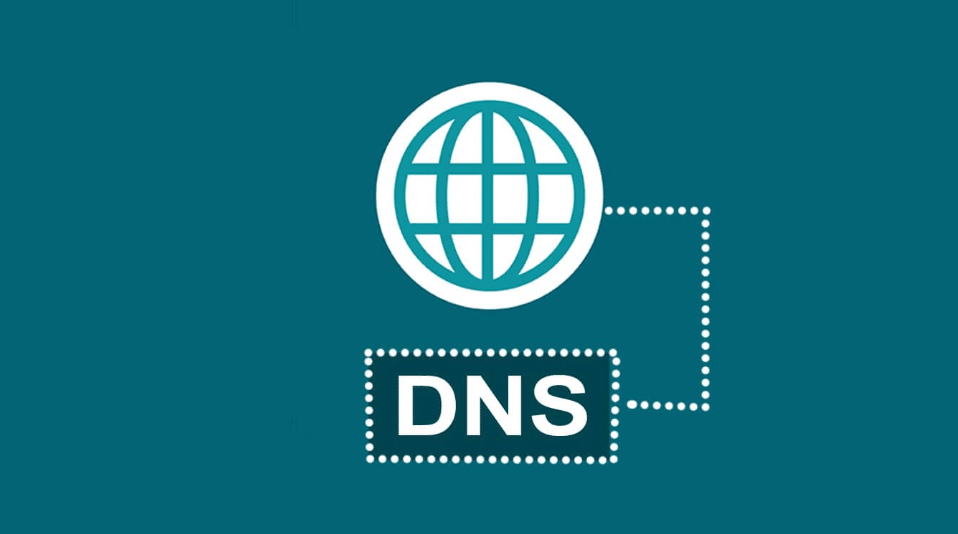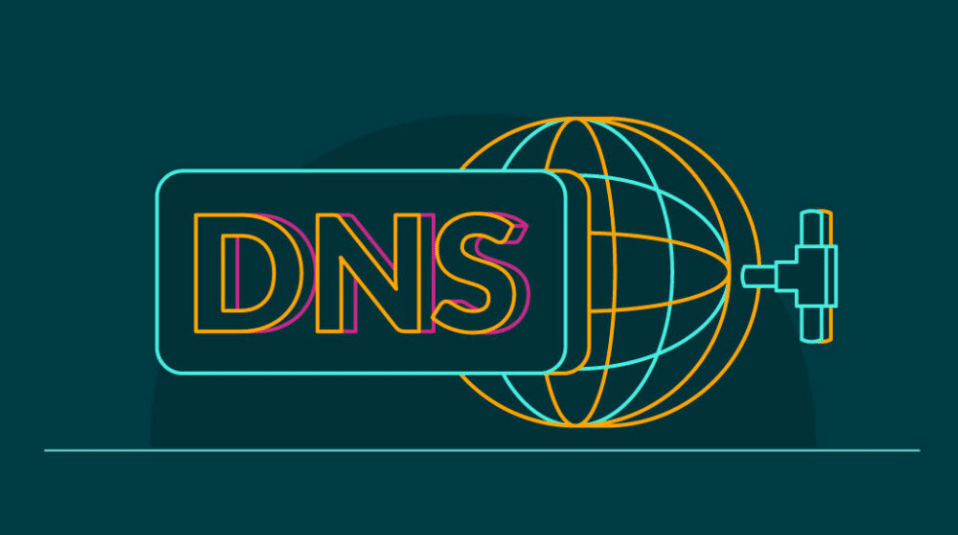Introduction to DNS
The Domain Name System functions as a fundamental Internet element by providing a service similar to an Internet phone directory. DNS functions as a web navigation system because it transforms accessible domain addresses into machine-readable IP addresses to simplify online browsing.
Imagine remembering a string of numbers to access your favourite website instead of a simple name; DNS eliminates that burden.
When users type www.example.com, DNS converts the domain name to an IP address, resulting in the computer receiving the IP address 192.0.2.1 for internet location purposes.
DNS performs its conversion process by using multiple steps involving different types of DNS servers to provide essential functions during operations. Your computer first queries a DNS server, which may then communicate with other servers to find the required IP address.
Without DNS, browsing the internet would be cumbersome and inefficient, requiring users to remember numeric IP addresses for every site they wish to visit.
A user-friendly interface enables IT experts and ordinary users to access internet resources through the DNS system. The behind-the-scenes work of DNS happens so quickly and seamlessly that most people aren’t even aware of its role, but it is indispensable for the smooth operation of the internet.

How DNS Works
Understanding DNS operation requires knowledge about the functions of domain names together with IP addresses. When you type a domain name into your browser, DNS maps it to the corresponding IP address.
The DNS resolution process involves multiple actions. Initially, your computer sends a query to a DNS resolver, a server designed to handle such requests. If the resolver has the needed information cached, it responds immediately.
If not, it forwards the query to a root server. The root server doesn’t have the exact answer but directs the query to the relevant Top-Level Domain (TLD) server based on the domain extension, like .com or .org.
The TLD server then points to the authoritative server for the specific domain. This authoritative server holds the IP address for the requested domain name. Once found, this IP address is sent back through the chain: from the authoritative server to the TLD server, then to the root server, and finally back to your computer via the DNS resolver. This process happens in milliseconds, making it nearly invisible to the user.
Each type of server in this chain plays a distinct role. The resolver serves the first query needs while storing commonly requested answers for improved resolution speed. Root servers are primary reference points, while TLD servers manage domain-specific queries. Authoritative servers store the definitive IP addresses for domain names.
DNS achieves continuous website accessibility through its distributed domain name resolution network, removing users’ need to remember IP addresses. System caching tools embedded in DNS implementation improve online performance through performance optimization.
Types of DNS Servers
A DNS server operates across multiple configurations that fulfil individual positions during domain name resolution operations. Root servers act as the starting point, directing queries to the appropriate Top-Level Domain (TLD) servers based on the domain extension, like .com or .org. TLD servers then forward the queries to authoritative servers, which hold the actual IP addresses for the domain names.
Another essential type is the caching server, a DNS resolver. The temporary storage capabilities of these servers minimize the resolution time for repeated domain requests while simultaneously decreasing server workload. Internet performance improves substantially due to DNS queries being stored temporarily.
The different DNS servers exist to carry out designated resolution tasks, which enable an effective operation of the entire system. Root servers provide the initial direction, TLD servers manage domain-specific queries, and authoritative servers store definitive IP addresses. Applying caching servers enables faster and more efficient queries because they store frequently requested information for subsequent requests.

Common Uses of DNS
DNS functions for multiple purposes that extend past the domain name relation to websites. DNS server functions provide the necessary elements to understand the complex and efficient operation of the DNS system. Without DNS, sending an email would be far more complex, as it would require knowing the specific IP address of the recipient’s mail server.
DNS enables email packet routing and supports various online service delivery functions. Network services rely heavily on DNS because virtual private networks (VPNs) and content delivery networks (CDNs) depend on it to minimize delays when selecting servers and managing network traffic. The setup design enhances system reliability while accelerating operations, thus producing improved user performance.
Online gaming platforms also depend heavily on DNS. Gamers must connect to game servers quickly and reliably, and DNS helps route these connections. Online gaming performs best with DNS queries because they control both system performance speed and latency.
Server traffic allocation serves an important purpose of DNS that involves distributing user requests to different servers. The feature in the system distributes user requests across different servers to maintain high website performance without server overload.
Internet of Things (IoT) devices link up with DNS through an additional application of this technology. Such devices need to connect to different services and servers for proper functioning. DNS serves as an important operating system for IoT devices which guides them to secure network connection points.
Web-based systems utilize DNS’s domain name to IP address resolution functionality which strengthens application communication processes. Reliable internet communication supports the operation of APIs, microservices, and additional components that need internet-based communication.
The network troubleshooting process and diagnostic operations heavily rely on DNS functionality. Administrators benefit from using the Domain Name System to execute traceroute and ping tools for hostname-to-IP address lookups, which help them tackle connectivity problems.
DNS plays a central role beyond website connection as an essential component of multiple internet functionality aspects. It performs essential operational tasks that optimize online systems running with their linked applications.
Security Concerns
DNS systems face multiple security threats that endanger the effectiveness of internet security systems. Attackers perform DNS spoofing through altered DNS data routing, which diverts users to deceitful web pages. This technique spoofs DNS data, making attacks on data systems, financial damage, and malware infections possible.
DNSSEC (DNS Security Extensions) is essential for fighting these safety threats. DNSSEC enhances security by adding digital signatures to DNS responses, thus providing reliable and authentic data transmission. The added security layer prevents unauthorized modification as it verifies that users are directed to official web destinations.
Additionally, regularly updating DNS server software is essential. DNS software remains protected from exposure through security updates that deliver needed security patches for all possible attacks. Using updated DNS software diminishes the chances of security breaches through potential avenues.
Tracking network traffic for non-standard patterns can help identify threats in the early stages. Unusual spikes in traffic or unexpected DNS queries can indicate malicious activity. Monitoring tools combined with regular auditing procedures can quickly identify such anomalies.
System protection measures should include firewall deployments together with IDS as devices to boost security standards. Tools deployed by organizations obstruct unauthorized access while creating alert systems that help administrators spot suspicious activities to strengthen DNS security.
DNS security best practices need to be taught to both end-users and administrators. Organizations can stop social engineering attacks through staff training because these attacks deceive employees into altering their DNS configurations or visiting harmful online content. An organization achieves better DNS infrastructure protection by creating a security culture environment.
DNS functions as an internet necessity yet requires strong security protocols that protect against new operational threats.

Conclusion
Internet users depend on DNS to automatically transform human-readable URLs into computer-processable IP addresses. We can easily obtain website access at high speed through the synchronized operation of a network of servers, including root and TLD and authoritative and caching servers; DNS maintains its function beyond web browsing because it supports email delivery, online gaming, N uses an,d IoT technology applications, making it essential for modern digital infrastructure.
Collaborating in DNS operational understanding along with domain study improves fundamental comprehension of what appears as an unimportant technology.
DNS security operates as an essential requirement that people should not overlook. DNS security depends on the combination of DNSSEC implementation, software updates, and network traffic monitoring because these steps safeguard against DNS spoofing attacks.
DNS security obtains critical strength through educational training practices. All users, together with administrators, need information about proven security methods that block unauthorized system access and social engineering tactics. The strength of DNS operations increases through the integration of firewalls with intrusion detection systems while requiring regular audits.
The smooth operation of the internet depends entirely on DNS because it enables all online services, including casual browsing and critical functions. Digital security improvements become possible when we comprehend DNS’s mechanisms and value its security function.




